对护理教育未来的再思考 | Ohio State University College of Nursing
Full text
Reinvention. Reimagination. Disruption.
All of these words are associated with changing how we do things in order to improve upon what we do. In the world of nursing education, that means changing how we deliver instruction, promote experience and build confidence in our students so that they’re practice-ready.
And it starts with a headset.
Our Ohio State University College of Nursing received an American Nurses Foundation “Reimagining Nursing Grant” for an innovative pilot program, “Disrupting nursing education using extended reality (XR), artificial intelligence and machine learning,” aimed at reimaging the existing system of preparing pre-licensure nursing students.
By utilizing technology-enabled learning tools, we are able to observe the learner’s knowledge, skills, values and attitudes and effectively enhance practice skills and decision-making for the learner. These emerging extended reality-based systems create engaging, innovative, highly-effective and scalable clinical learning experiences that offer students the opportunity to enhance and accelerate their learning through XR, aided by machine learning and artificial intelligence. XR does not replace traditional skills training or high-fidelity simulation; students will continue to participate in hands-on experiences. What XR simulations do is increase the number of experiences for each learner. Students will complete simulations as the primary nurse and can repeat the simulation multiple times.
A variety of XR methodologies and products are being utilized to create a bridge between academic and practice environments. The XR technology includes clinical scenarios which include things such as clinical decision-making, pharmacological and pharmacokinetics principles and skills-based interventions. Additionally, life skills are incorporated including therapeutic communication, patient specific history and concerns and data collection pertinent to patient care while addressing social determinants of health. The patient data-based approaches along with life skills all create scenarios that address approaches with decision-making. Student learners will approach the scenarios with a keen sense of using the technology-enabled learning tools both to create an immersive experience and to consider how they will incorporate technology into decision-making.
This pilot employs virtual reality technology as well as mixed reality, essentially both screen-based and headset-based immersions. The VR programs selected for this pilot were evaluated for content and accessibility to allow students who experience cybersickness (nausea, headache, blurry vision) in VR to complete the same scenarios as an individual on a computer. Feedback on patient care simulations is provided to each student at the end of the simulation, along with rationale and links to patient care guidelines. Students can repeat the simulation as many times as they want because they can access the program on a computer or headset and can log in from anywhere.
In the first month of operation, students completed individual virtual simulations in several courses:
Community health students experienced homelessness in the VR headset by entering the tent of a homeless woman and viewing her lived experiences, interacting with the few keepsakes she still possesses and being present in her current living situation. These students also completed a screen-based social determinants of health (SDOH) scenario where they worked with one of four individuals with a variety of backgrounds.
Students in several medical/surgical courses experienced patient care simulations both in the headset and on the screen caring for patients across the lifespan.
Sophomore students participated in cardiac and respiratory assessment tutorials.
Junior students cared for a young child or a pregnant woman experiencing complications.
Graduate entry students performed a cardiac arrest scenario.
In less than a month, students completed 1277 individual medical/surgical simulations, 40 homelessness simulations and 40 SDOH simulations for a total of more than 290 hours of individual simulations.
The junior medical/surgical course used the headset to cast or project the simulation onto the screen in the classroom. The student in the headset was guided by her classmates to determine the course of action and which skills and procedures to perform. This turned the experience into a group activity instead of an individual simulation. The simulation was completed a second time to improve the group performance.
All pre-licensure students will be exposed to more XR simulations as the academic year continues. Additional medical/surgical patient care scenarios will be completed, as well as simulations focusing on communication skills to prepare students for practice by learning job interview techniques and how to navigate difficult conversations.
Michael Ackerman, PhD, RN, FCCM, FNAP, FAANP, FAAN is professor of clinical nursing, director of the Master of Healthcare Innovation degree program and director of the Center for Healthcare Innovation and Leadership at The Ohio State University College of Nursing. Stephanie Justice, DNP, RN, CHSE is assistant clinical professor at The Ohio State University College of Nursing. She is one of 16 simulation educators from across the country selected for the National League for Nursing’s year-long Leadership Development Program for Simulation Educators.
Student testimonials on using XR/VR in the classroom
How has this changed your practice? How will you approach this same kind of patient differently in the future?
“I think this really opens my eyes up to see how real-life this decision-making is and how it is very likely that I can be as hesitant as I was in real life as I was in this simulation. I think I will approach this same kind of patient differently in the future by having a better understanding of what is necessary to do when someone’s having a seizure alongside the stuff I did for Katie.”
“I now know more about what is expected of me as a nurse.”
“This has continued to show how this can be implemented into my daily practice. It also shows how I can learn these things to carry into my practice (check my implicit biases, hospitality, etc.)”
What did you learn? What was your greatest takeaway moment?
“I learned how to take charge and how I could do better at leading as a nurse in the future.”
“I learned how to react with a distressed parent. My greatest takeaway moment was guiding the mother to put the child down so my team and I could begin giving CPR. Seeing a distressed mother really taught me that I need to keep my composure not only for the patient’s sake, but for the parents as well.”
“It was really great practicing the adult cardiac arrest algorithm. Doing it helped make it more real and intuitive. It was an a-ha moment to see it in practice.”
What would you do differently?
“I did a lot differently between my first attempt and my second attempt, including giving meds at different times after the shock and having a better order of procedures.”
“I am glad that I was able to repeat the scenario multiple times because it helped me learn from my mistakes and apply my knowledge. In the future, I would try my best to remain calm on the first go-around because I could tell that being flustered made the experience stressful.”
“This has changed my practice, because I will now always come prepared, use delegation and prioritize effective communication with my team members during a code situation. These things are all crucial, and I plan on approaching this same kind of patient in a more prepared and educated way in the future.”
How did it feel (being in VR)?
“Being in the patient room, feeling like I was actually there, felt real.”
“I thought it was so cool. I feel more confident in doing assessments and knowing where things are.”
“It was very realistic … because you could do all these things through the visualization. I thought it was a good learning experience because it told you what you did well and wrong.”
“[In the homelessness scenario], tt was really sad to watch how she was just trying to pursue her dreams and everything was ripped away. I was really amazed by the whole experience and felt really moved by how emotional she was at the end when they were ripping apart the contents of her tent.”
Additional comments:
“Make the VR component mandatory by offering more devices at the [College of Nursing]. Completing this in VR took it to an entire different level.”
“I really enjoyed doing this VR simulation. It was interesting to work at the bedside as a character to gain more experience. I’m very excited for future VR.”
“I felt like it was a useful tool for letting me as a student learn in a safe environment.”
全文翻译(仅供参考)
重塑、再造、颠覆。
所有这些词都与改变我们的做事方式有关,以改进我们的工作。在护理教育领域,这意味着改变我们提供教学、促进经验和建立学生信心的方式,使他们为实践做好准备。
它从一个耳机开始。
我们的俄亥俄州州立大学护理学院获得了美国护士基金会的“重塑护理奖助金”,用于一项创新的试点计划,“使用扩展现实(XR)、人工智能和机器学习颠覆护理教育”,旨在重塑现有的准备执照前护理学生的系统。
通过利用技术支持的学习工具,我们能够观察学习者的知识、技能、价值观和态度,并有效地提高学习者的实践技能和决策能力。这些新兴的扩展现实系统创造了引人入胜、创新、高效和可扩展的临床学习体验,为学生提供了通过XR增强和加速学习的机会。机器学习和人工智能的辅助。XR不取代传统的技能训练或高保真仿真;学生将继续参与实际操作体验。XR模拟的作用是增加每位学员的体验次数。学生将作为责任护士完成模拟,并可以多次重复模拟。
各种XR方法和产品正在被用来在学术和实践环境之间建立桥梁。XR技术包括临床场景,其中包括临床决策、药理学和药代动力学原理以及基于技能的干预。此外,还包括生活技能,包括治疗沟通。患者的具体病史和关注点以及与患者护理相关的数据收集,同时解决健康的社会决定因素。基于患者数据的方法以及生活技能都创建了解决决策方法的场景。学生学习者将以一种敏锐的感觉来使用技术支持的学习工具来处理这些场景,既创造一种身临其境的体验,又考虑他们将如何将技术融入决策。
该试点项目采用了虚拟现实技术和混合现实技术,主要包括基于屏幕和基于耳机的沉浸式体验。为该试点项目选择的VR程序经过了内容和可访问性评估,以使体验过网络病的学生(恶心、头痛、模糊的视觉)在VR中完成与个人在计算机上相同的场景。在模拟结束时向每个学生提供关于患者护理模拟的反馈,以及基本原理和到患者护理指南的链接。学生可以在计算机或耳机上访问该程序,并且可以从任何地方登录,因此可以任意多次重复模拟。
在运行的第一个月,学生们完成了几门课程的个人虚拟模拟:
社区卫生专业的学生通过虚拟现实耳机体验无家可归的经历,他们进入一位无家可归妇女的帐篷,观看她的生活经历,与她仍然拥有的几件纪念品互动,并在她目前的生活状况下。这些学生还完成了一个基于屏幕的健康社会决定因素(SDOH)场景,他们与四个具有不同背景的人中的一个一起工作。
参加多门内科/外科课程的学生在耳机和屏幕上体验了患者护理模拟,在整个生命周期内护理患者。
大二学生参加了心脏和呼吸评估教程。
低年级学生照顾一个年幼的孩子或孕妇经历的并发症。
研究生入学学生进行了心脏骤停的情景。
在不到一个月的时间里,学生们完成了1277次个人医疗/外科模拟、40次无家可归模拟和40次SDOH模拟,总共超过290小时的个人模拟。
初级内科/外科课程使用耳机将模拟投射或投影到教室的屏幕上。戴着耳机的学生在同学的指导下确定行动过程以及要执行的技能和程序。这将体验转变为集体活动,而不是个人模拟。模拟将再次完成,以提高集体表现。
随着学年的继续,所有获得许可证的学生都将接触到更多的XR模拟。将完成额外的医疗/外科病人护理场景,以及侧重于沟通技巧的模拟,通过学习求职面试技巧和如何驾驭困难的对话,为学生的实践做好准备。
Michael Ackerman,PhD,RN,FCCM,FNAP,FAANP,FAAN是临床护理学教授,俄亥俄州州立大学护理学院医疗保健创新硕士学位项目主任和医疗保健创新和领导中心主任。Stephanie Justice,DNP,RN,CHSE是俄亥俄州立大学护理学院的助理临床教授。她是来自全国各地的16名模拟教育工作者之一,入选了全国护理联盟为期一年的模拟教育工作者领导力发展计划。
学生对在课堂上使用XR/VR的评价
这如何改变了你的做法?你将如何在未来以不同的方式对待这类病人?
“我想这真的让我大开眼界,看到了这个决策是多么真实,我很可能会像在现实生活中一样犹豫不决,就像我在这个模拟中一样。我想我将来会以不同的方式对待这类病人,因为我会更好地理解当有人癫痫发作时,我必须做些什么,就像我为凯蒂做的那样。”
“我现在更了解了作为一名护士对我的期望。”
“这继续显示了如何将其应用到我的日常实践中。它也显示了我如何学习这些东西并将其应用到我的实践中(检查我的内隐偏见、好客等)。”
你学到了什么?你最大的收获是什么?
“我学会了如何负责,以及如何在未来作为一名护士的领导工作中做得更好。”
“我学会了如何应对痛苦的父母。我最大的收获是指导母亲把孩子放下,这样我和我的团队就可以开始进行心肺复苏术。看到一位痛苦的母亲真的教会了我,我需要保持冷静,不仅是为了病人,也是为了父母。”
“练习成人心脏骤停算法真的很棒。这样做有助于让它更加真实和直观。在实践中看到它是一个令人惊叹的时刻。”
你会怎么做?
“我在第一次尝试和第二次尝试之间做了很多不同的事情,包括在休克后的不同时间给药,以及程序的顺序更好。”
“我很高兴我能多次重复这个场景,因为它帮助我从错误中吸取教训,并应用我的知识。以后,我会在第一次绕圈时尽量保持冷静,因为我能感觉到,慌乱会让经历变得紧张。”
“这改变了我的做法,因为我现在总是做好准备,使用授权,并在代码情况下优先与我的团队成员进行有效沟通。这些都是至关重要的,我计划在未来以更有准备和更有教养的方式接触这类患者。”
感觉如何(在VR中)?
“在病房里,感觉自己真的在那里,感觉很真实。”
“我当时觉得太酷了,做评估、知道东西在哪里,我感觉更有信心了。”
“这非常真实......因为你可以通过可视化来做所有这些事情。我认为这是一次很好的学习体验,因为它告诉你你做得好和做错了什么。”
“(在无家可归的场景中),看到她只是在努力追求自己的梦想,但一切都被撕碎了,我真的很难过。我真的很惊讶整个经历,也为她在最后被撕碎帐篷里的东西时的情绪激动而感动。”
其他备注:
“通过在[护理学院]提供更多的设备,使虚拟现实组件成为强制性的。在虚拟现实中完成这一点将它带到了一个完全不同的水平。”
“我真的很喜欢做这个VR模拟。作为一个角色在床边工作以获得更多经验是很有趣的。我对未来的VR感到非常兴奋。”
“我觉得这是一个有用的工具,让我作为一个学生在一个安全的环境中学习。”
THE
END
不感兴趣
看过了
取消
不感兴趣
看过了
取消
精彩评论
相关阅读





 打赏
打赏





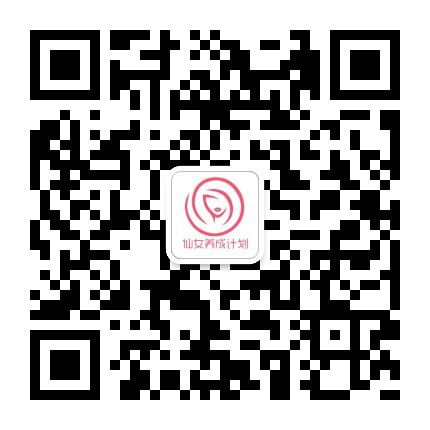


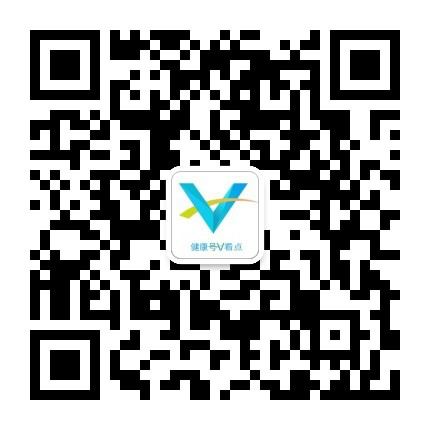
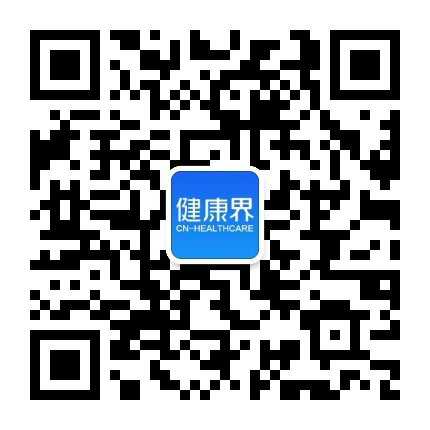



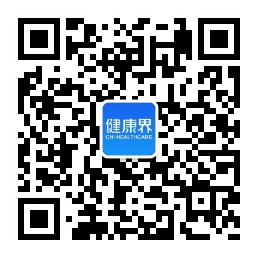
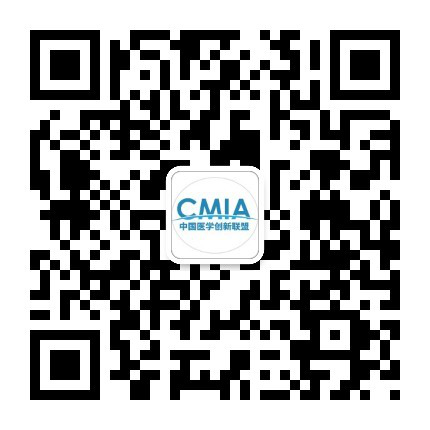
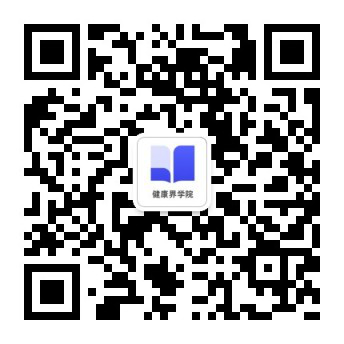
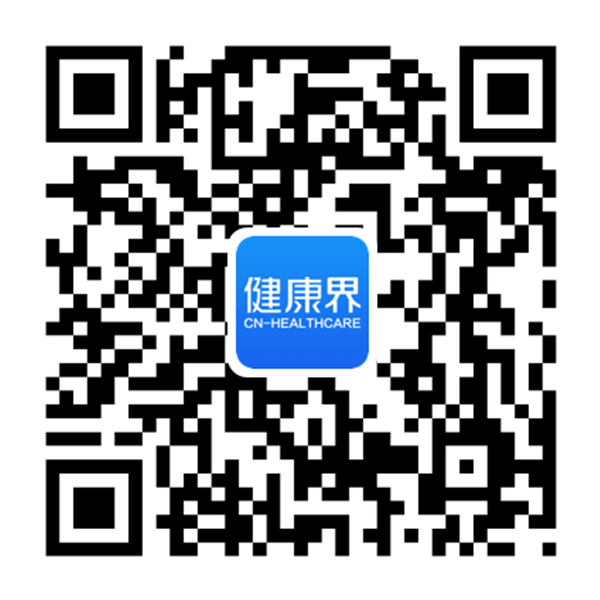

 010-82736610
010-82736610
 股票代码: 872612
股票代码: 872612
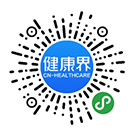



 京公网安备 11010802020745号
京公网安备 11010802020745号


